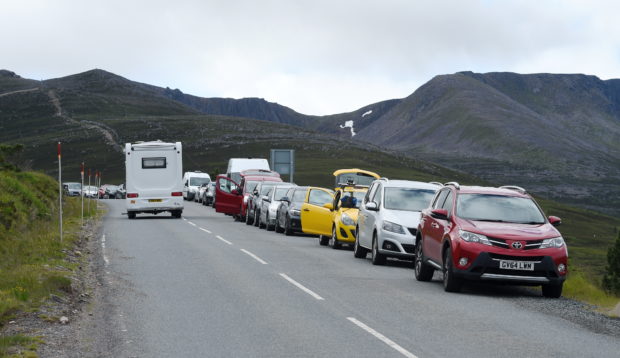More than one million people flocked to the Cairngorm National Park in the space of six weeks between July and September, half of the usual annual total.
The national park normally welcomes around two million visitors a year, but a staggering number of Brits eager to make the most of their freedom when lockdown was eased this summer headed to the hills.
Cairngorm Business Partnership (CBP) boss Mark Tate said the figures had been extrapolated from a number of sources, including path counters, with some ares showing increases in popularity of more than 40%.
To help create a safe environment, around 100 local businesses signed up to the NHS Test and Protect app in a free scheme administered by CBP as the region became a hotspot for visitors.
The tourism influx created considerable challenges in destinations such as Loch Morlich, Aviemore and parts of Deeside, with uncontrolled camping and campfires, and unprecedented levels of litter and human waste in laybys and popular beauty spots.
It also created anxiety in communities worried that visitors could bring Covid to vulnerable areas.
Mr Tate said: “Communities are pivotal to giving visitors a welcoming experience, and by working with lots of partners, we worked through the challenges together.
“Contrary to residents’ fears, there were no Covid cases tracked back to visitor-facing businesses.”
Murray Ferguson, director of planning and rural development at Cairngorm National Park, said visitor management planning will take a different direction in light of this year’s experiences.
He said: “The great thing is more people are aware of what we have to offer in Scotland.
“We have seen a lot of new customers and we’ve got to be ready to meet people’s new expectations about green space and exercise.
“In some of our key hotspots like Glenmore and Upper Deeside we’ve got to try and be ready for the visitors, so we’re working on specific management plans for those areas.”
Mr Ferguson said the national park is also looking to use any available money to carry out quick and easy jobs over the winter, like fixing verges and small scale car park extensions, while the board starts work on a new five-year tourism plan.
